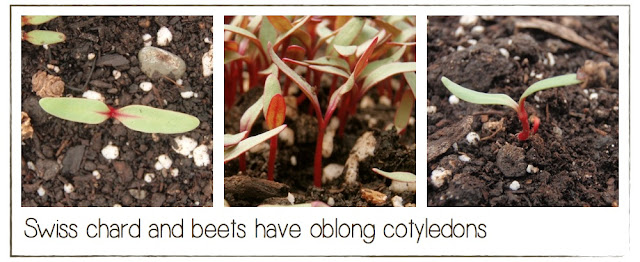About a month ago, when salad green production in the greenhouses was starting to slow down I had a bad thought:
"What I am going to eat when the salad runs out?"
I took some of the flats of greenhouse greens that had been harvested, divided them up and stuck them in our outside garden. You can see the swiss chard above is still planted very close together - not at all the recommended 4-6 inch spacing between plants. I wasn't about to untangle all 150+ plants that were in the flat. Since the plants are so densely packed we harvest leaves are still pretty small - about the size of my hand.
I also squashed in a flat of red russian kale. Given more space to grow its leaves are much broader than when grown in the greenhouse. Hand-sized leaves mean it's still tender enough to eat in salads or on sandwiches.
Lastly, vitmin green. Like red russian kale, vitamin green really spreads itself out when given more space. The broad leaves are mild and tender. Beetles seem to like eating them just as much as we do. If I had been smart I would have covered the plants right away with some lightweight row cover. Now it's too late. Covering the plants would probably trap pests in. I don't mind the holes since I'm not trying to sell these greens. Other brassicas that beetles like include arugula, mustards and napa cabbage. See here for more information on managing flea beetles in brassicas.









